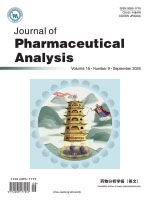2017 Vol. 7, No. 3
Display Method:
2017, 7(3): 141-147.
Abstract:
2017, 7(3): 148-155.
Abstract:
2017, 7(3): 156-162.
Abstract:
2017, 7(3): 163-169.
Abstract:
2017, 7(3): 170-175.
Abstract:
2017, 7(3): 176-180.
Abstract:
2017, 7(3): 190-195.
Abstract:
2017, 7(3): 196-202.
Abstract:



